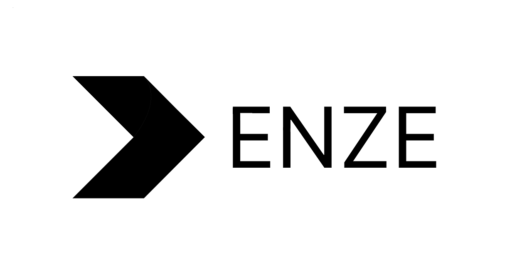Our Location
Rivets are mechanical fasteners that securely join two or more metal sheets together in a permanent manner. They create a strong and reliable connection by distributing the load across the joined sheets. Due to their versatility, strength, and ease of installation, rivets are widely used in various industries for assembling metal sheets.
In this article, we will examine the various types of rivets, their installation methods, and their specific applications across multiple industries.

Table of Contents
ToggleRivets are permanent mechanical fasteners employed to join two or more materials together. They are inserted by passing a metal pin through pre-drilled holes and then deforming one end to secure it in place. Rivets provide strong and durable bonds, making them an excellent choice when welding is not suitable for creating solid connections.
During the Industrial Revolution, rivets became vital for constructing bridges and steel structures. In the 20th century, the aerospace industry further refined their use, making rivets a key component in the manufacturing of airplanes.
Modern rivets are produced from various materials, including aluminum, copper, steel, and special alloys. Technological advancements have enabled the creation of multiple types of rivets, including solid rivets, pop rivets, and flush rivets.
New manufacturing techniques ensure that these rivets possess high tensile and shear strength, which is essential for use in highly demanding industries like aerospace and automotive.
Solid rivets are made from a single piece of material, providing a strong bond. They are typically used when both sides of the material are available, as they need to be hammered into place to create a head.

They are primarily used in situations where the operator or machine can only access one side of the joint. They are commonly found in automotive and light construction applications.
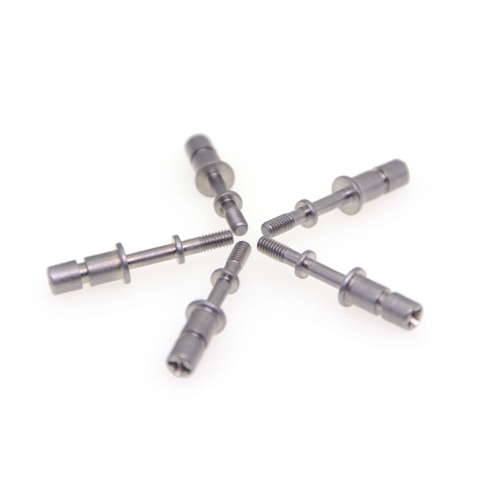
Drive rivets, also known as split rivets, feature a flat, unheaded shaft with a scored or split end. They are installed by forcing a pin or nail into the split end to form a secure connection.

When maintaining light aircraft, it is essential to install friction lock rivets with sufficient force to ensure proper operation.

When using self-piercing rivets, you do not need to drill or punch holes. Instead, you will use the bevel at the end of the rivet to create a junction.
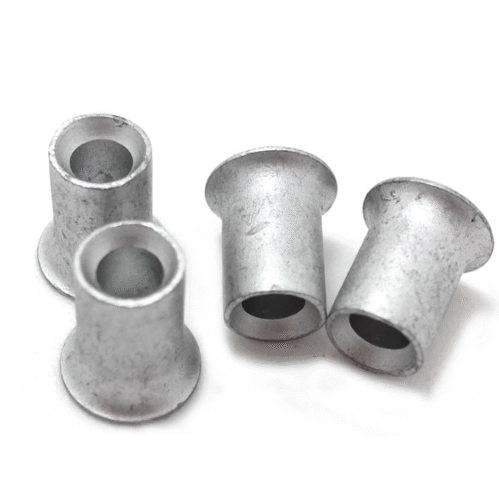
They have strong hollow sections, making them ideal for assembling aluminum and thin metals using tubular rivets.

Flush rivets utilize both countersunk holes and heads. They provide an attractive appearance for the outer surfaces of your parts. These rivets can be used in airplanes to ensure a smooth airflow.
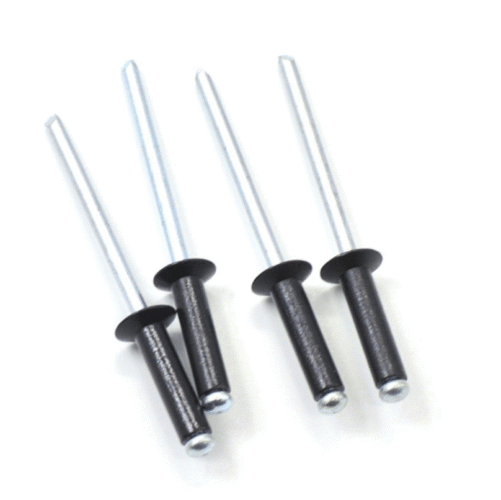
Aluminum is a well-known metal used for rivets and fasteners. It is valued for its softness and lightweight properties. This material offers strong resistance to corrosion, making it ideal for diverse applications. Additionally, aluminum is highly malleable, which allows for the easy creation of complex part configurations.
Copper is a versatile material, both in appearance and application. It has an outstanding ability to conduct heat and electricity. As a great conductor, copper is the preferred choice for rivets in water and electrical appliances.
Brass is a versatile, low-friction, and pliable material. It has remarkable resistance to tarnish and possesses a high level of strength. Due to these properties, brass does not produce sparks. As a result, brass rivets are the most suitable type for use in gas appliances.
Steels with low carbon content are ideal for rivet applications due to their ability to fit and clinch effectively. These low-carbon steels are also more flexible and adaptable compared to the more rigid high-carbon steel rivets. In contrast, rivets made from high-carbon steels typically require more material and have reduced moldability.
The stainless steel rivets are exceptionally hard and strong, making them resistant to deterioration. These rivets are used in the locomotive, aircraft, and power-producing industries due to their corrosion resistance.
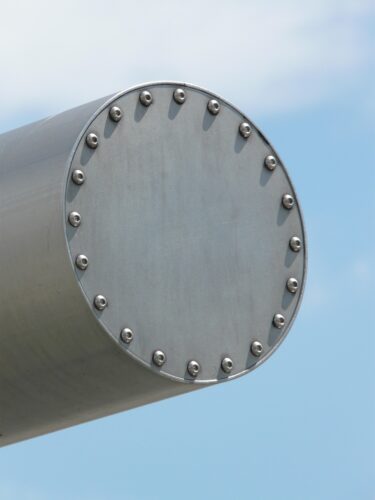
Rivets are widely used in various applications because of their valuable qualities and advantages.
Every advantage comes with its own set of downsides or limitations. Here are some disadvantages of riveting:
Rivets are utilized in various modern applications:
Rivets are a safe and straightforward solution for joining sheet metal. They provide the necessary joint strength while also enhancing the aesthetic appeal of the metal. The choice of rivet depends on the material, thickness, and strength requirements of the sheet metal.
Rivets are suitable for various sheet metal applications due to their quick and easy use, as well as their economic benefits. To ensure optimal performance, it’s essential to use the correct tools when installing rivets and to be aware of galvanic corrosion that can occur between different metals.

